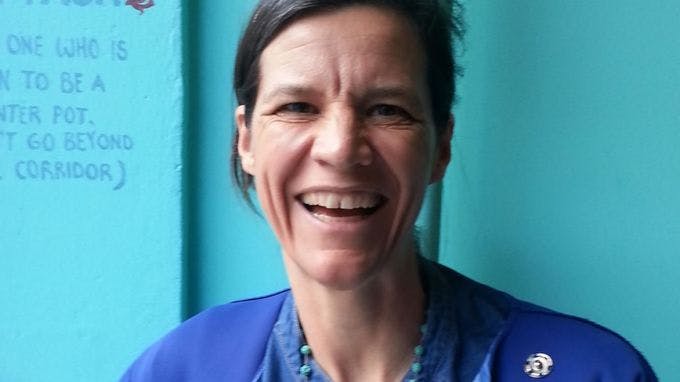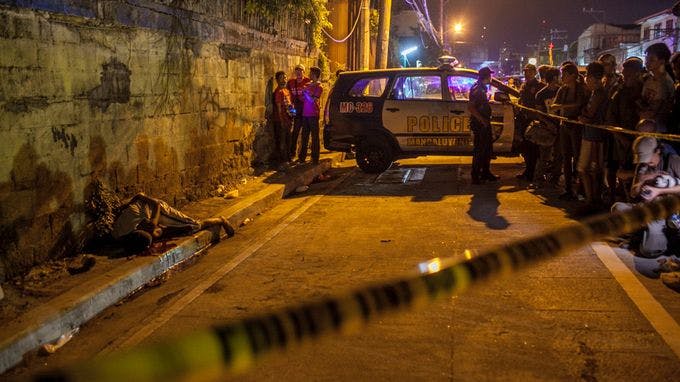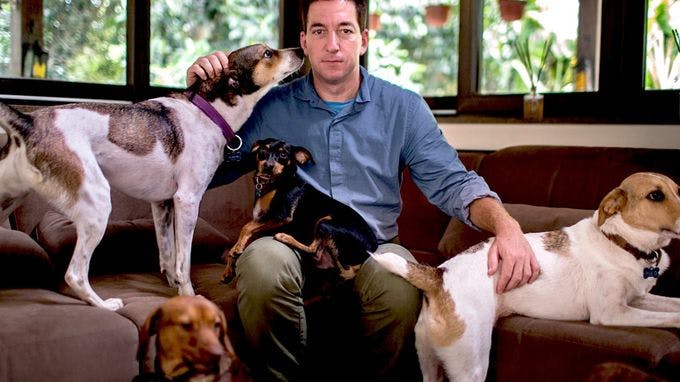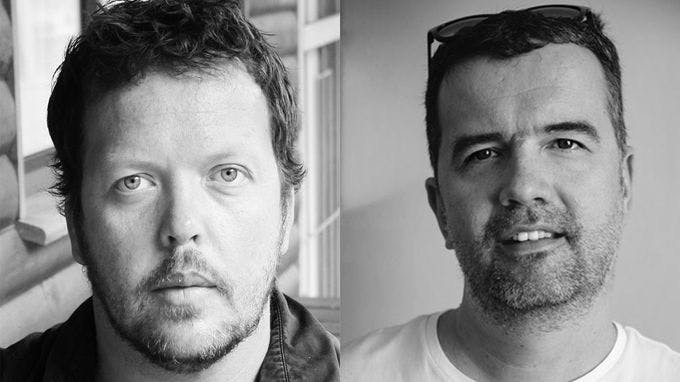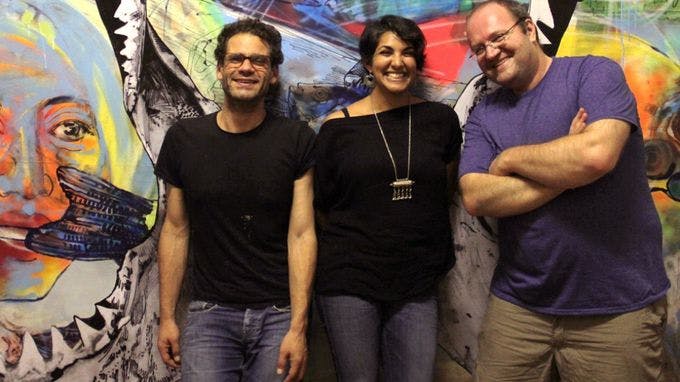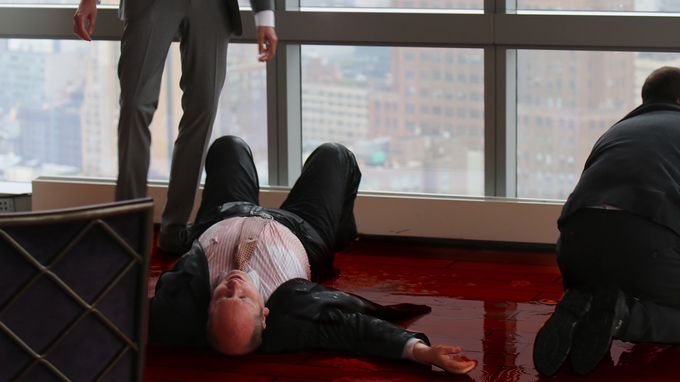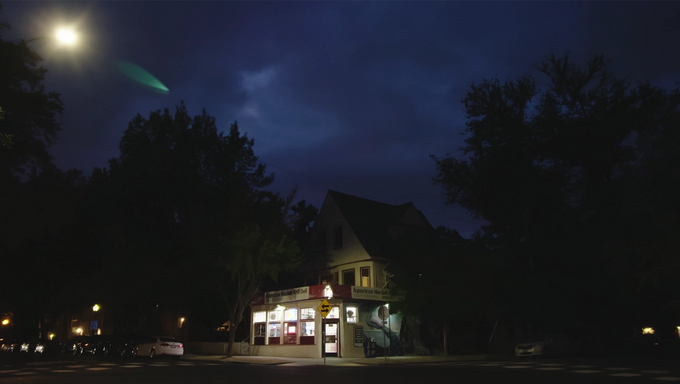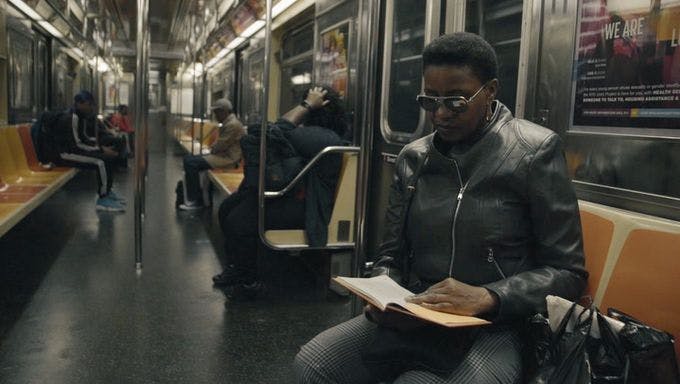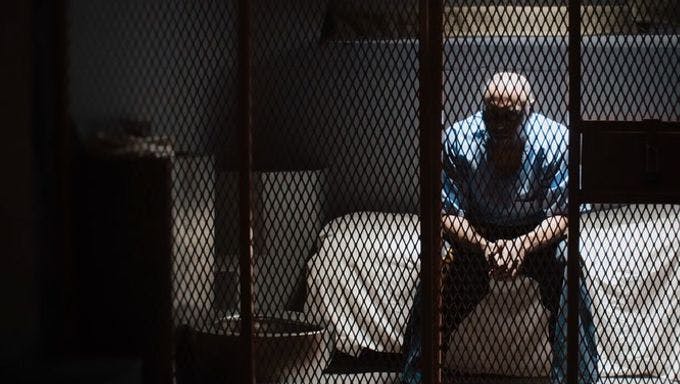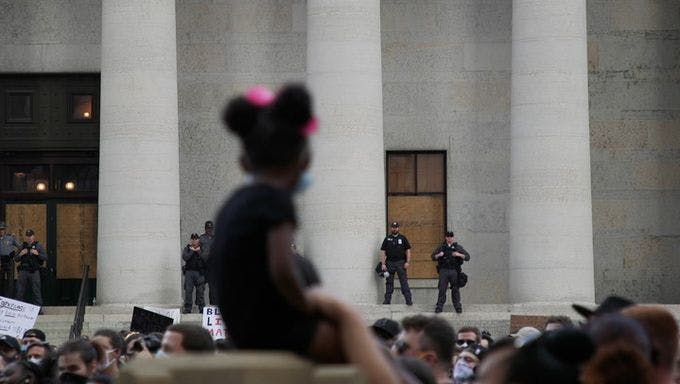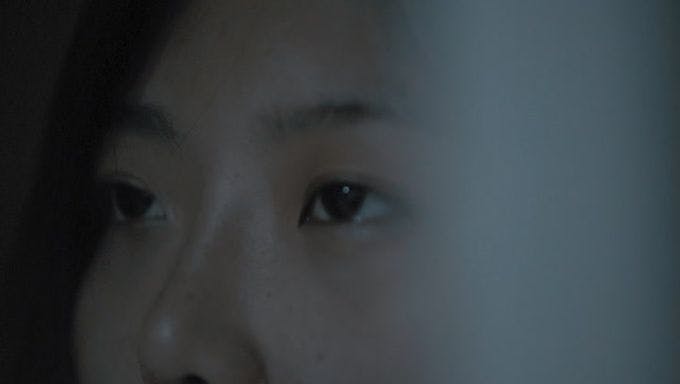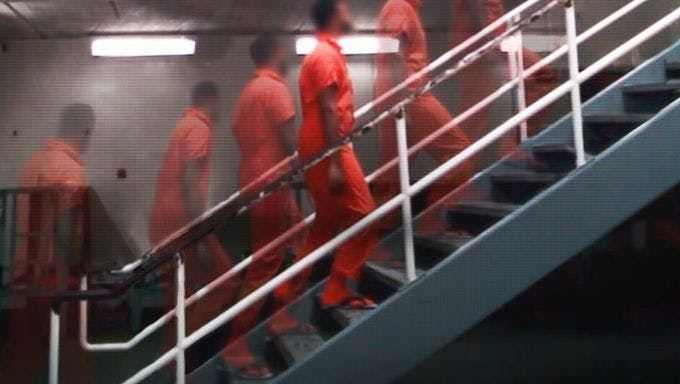AJ Schnack’s first film for Field of Vision is Speaking Is Difficult, in which he dispatched 20 cinematographers to locations where mass shootings have recently occurred in the United States. The landscape portraits in his film form a canvas of a country in which mass violence continues to increase while threatening to blur into desensitized memory. Schnack is a co-founder of Field of Vision with Laura Poitras and Charlotte Cook, and his new film, like his recent ones, tackles a story that occurs in numerous places. Beginning with Convention, which was filmed at the 2008 Democratic Party convention, and continuing with the feature Caucus (2013), about the tussle among Republican presidential hopefuls in Iowa, and the episodic series Midterms (2014), Schnack has directed documentaries that involve disparate film crews focusing on different elements and events that eventually coalesce into a larger narrative under his direction. In the following interview, Schnack discusses the formal, organizational, and emotional challenges of his new film.
While Speaking Is Difficult is clearly a conceptual piece, I would guess it’s not necessarily coming from a conceptual place. Can you talk a little about the chicken-and-egg aspect of thinking about gun violence in America and expressing it through this concept?
Schnack: It starts with the things that Laura [Poitras] and Charlotte [Cook] and I talked about in terms of what we wanted Field of Vision films to be. That when something would happen [in the world], we would approach it in terms of a journalistic, cinematic documentary, yet respond differently than if it was the news. And simultaneous to that, find people on the ground who can make those films. So when the shooting happened in Oregon, my mind immediately went to, “How do we make a film about what’s just happened?” I was also seeing on social media, in Facebook posts, on Twitter, echoes of the last mass shooting event. All this horror and outrage and “Why can’t we get anything done?” followed by the finger pointing and the blame, and then finger pointing from the other side of “It’s too early to start talking about this,” and “Liberals just wanna take our guns.”
The whole “stop politicizing a tragedy” loop.
Schnack: Right. And then a couple days later it’s gone. We’d be onto whatever the next thing was. One of the most powerful comments on the frequency of these mass shooting events has been what The Onion has done, which is to continually republish the same story [“‘No Way to Prevent This,’ Says Only Nation Where This Regularly Happens”].
Was this approach to the phenomenon something you’d been percolating over the years, or something that came to you recently?
Schnack: It was the Oregon incident. The first thing I did was reach out to Margot Williams, who’s a researcher at The Intercept and Field of Vision. I had this idea of doing something that was about a number of shooting events, and she brought up the [Gabrielle] Giffords shooting in Tucson as a key moment. It’s something I had thought about as well, in making films about politicians and recognizing that every single member of Congress must have put themselves in Gaby Gifford’s shoes after that — the next time they went to a Town Hall meeting with their 23-year-old aide and not a Secret Service agent — and yet they still couldn’t come together to do anything. A lot of people point at Newtown and say, “If that happens and nothing is done it means that nothing can be done,” but I actually think it was the Gifford shooting more so. Then as Laura and I started talking more about what the film was going to be conceptually, we came upon this idea of seeing these locations today, and that the audio should be police audio or 911 calls. But I really didn’t know how it would come together until we started getting everyone’s footage, and cutting the scenes, and seeing what it became cumulatively.
In reaching out to all of those filmmakers, what did you ask for in terms of visuals and style? Did you stipulate in terms of — “tripod only, no camera movement,” etc.?
Schnack: Will Lennon, who produced the film, and I sent my frequent collaborator Nathan Truesdell down to Seal Beach. There had been a shooting event at a salon there. And we had a conversation about what the approach would be. Nate and I shoot a lot of handheld verite stuff together, but I know he also is a super talented cinematographer, able to find the artistic in the everyday. When he sent me the footage, it was exactly the kind of thing I was looking for. It was also striking to me that the salon was operating, still, and under the same name, and that people were just walking around, going in and out, as if nothing had happened there. So we cut that together, and when Will reached out to filmmakers in various parts of the country, we sent Nate’s selects reel to them so they would have a sense of the kind of footage we were looking for.
Was there a variety in terms of what came back, in terms of content, framing, and mood, or was it somewhat uniform?
Schnack: It was somewhat uniform. We obviously had a lot more options than we had time for — I think the longest of the calls is maybe 40 seconds long. You would get like all these beautiful shots, and maybe you would only have room for six or seven. I mean, [coordinating] 20 cinematographers in 25 cities is already an amazing producing job, but so is the fact that they all came back really capturing what these places feel like. I think you could put all of them together with a piece of music, without the IDs of what happened there, and it would be this portrait of America. But then you put the calls in and it is a very different portrait of America.
You’re working with both presence and absence here. This idea of the frame being absent of a subject, but what’s present in the frame is still expressive of what’s missing. Did the filmmakers experience that duality in shooting in those places?
Schnack: A lot of them, even though they film stuff all the time, said this was one of the few times that they felt really uncomfortable being in a space and filming. Because a lot of [the incidents] were still very fresh. We shot in Oregon, then a couple weeks later, we added — before we went to Sundance — San Bernardino and Colorado. They had just happened. There were still police units there, there was police tape, there were memorials. Then, as the film goes along, since the film goes backwards in time, you reach a point where it’s just back to normal.
Yet, even so, you only go back five years. Farther back, there’s a sense that something historic happened here but not everyone knows it. You’d think something like that would redefine the space forever, but not necessarily.
Schnack: In some locations it has. But when I did the Midterms series in 2014 [covering the Congressional midterm elections for Al Jazeera America], I spent a bunch of time in Aurora, Colorado, and while there I learned that the Century Theaters had reopened, and that people were watching movies there. I don’t know if that says something about our resilience, or something about us being ostriches.
I just watched the film with an audience for the first time, and I’ve been thinking about the way time is deployed in the film, and how you accumulate evidence over that time. Unless you’re staring at your watch — or, if you’re at your computer, the timeline — you don’t know how long you’re going to be there, you don’t know how far back the film is going to take us. That tension, building along with each location, creates an almost overwhelming anxiety.
Schnack: The first time I watched it through, even in a rough form, the relentless repetition of it was effective even for me. I knew that we were onto something. The challenge was to feel what it would be like for an audience. [We couldn’t only include] the worst of the calls — it had to have a flow that built and receded, and then let you take a moment. Because otherwise — it’s hard to watch, I think it’s fair to say, but it could be impossible to watch. So finding that balance was part of what was creatively interesting to me about the editing process. Because even now when I watch it there are moments — like when a caller is so terrified, and you can hear the fear and uncertainty in such a dramatic way — that just hit me every time. You want those moments to be able to stand as they do, and surround them with things that let you take a moment [to absorb them]. Then at the end of the film, there are a few in a row that are probably the hardest, and it had to build to that.
If it’s just the worst possible things over and over, there’s a danger of us tuning it all out, of finding some defensive walls to put up against it. Instead, you make it so that we’re listening actively. There was some point where I felt a sense of comfort in the fact that one of the audio clips contained an unidentifiable, almost machine-like sound. I thought — at least that’s not a gun. And then you hear it again more closely, and that’s exactly what it is. It’s probably what it’s like to be the 911 dispatcher in those situations, trying to make sense of and distinguish these sounds, that heightened awareness.
Schnack: It really made me respect 911 dispatchers a lot. Because people might be mad or afraid or whatever, but they need the information and they have to calm the person down. I don’t know how they do that.
Did you cut audio clips to match the pictures, or did you cut picture to fit the length of the calls?
Schnack: The audio tracks were always done first for each of the incidents, and then we’d put the visuals with it. For me as an editor, cutting to sound is really creatively fulfilling. It was remarkable to me how similar this editing process was to About a Son, in terms of having dual tracks of audio and video.
Is it a muscle you hadn’t exercised in a while?
Schnack: Yeah, because I’ve been cutting verite footage, which isn’t about where the sound is coming in, it’s about what you’re seeing, and you’re cutting to moments you have video of.
Did you shoot any of the segments?
Schnack: I shot Cupertino. It was actually something we shot late. I don’t take a cinematography credit, but I was feeling jealous that everybody else got to shoot something.
With Convention and Caucus, the Midterms project and what you’re coordinating around 2016, you’ve got a lot of experience coordinating crews in multiple places at once, and remotely. But I can certainly imagine wanting to get your hands on a camera, to represent a link in the chain.
Schnack: And emotionally, I wanted to have my feet on the ground. Not just in a sort of circling overhead.
With the reverse chronology that you employ, you don’t know where the film is going to end. It feels like it could keep on going, tragedy after tragedy. But then it does end, and at the end you put forth a statistic, a statistic that we’ve just witnessed and experienced through film, over this time, and it gives the film a very powerful design in retrospect.
Schnack: Sometimes you can feel something, but the statistics don’t bear it out. It may be just a thing that you perceive, you feel that this is happening more often than it used to — and then to actually find out that that is demonstrably true, that it is happening more frequently, is important for people to know. The only way that people can have a conversation about it is if you’re armed with what’s really happening. It’s not just a feeling, it’s not just a perception, it’s like — these are the facts on the ground.
There’s also the power of the places and dates, and the realization of how quickly certain attacks follow previous attacks, and how faint some of them now seem — that we’re losing track.
Schnack: You can hear that with an audience. There are ones they remember particularly well — here’s Newtown and there’s Aurora and Charleston and a couple others. But then one comes up that they don’t know about, and you hear — I mean you can feel it in the audience — people just being like, “What!? When did that happen? How did I not know about that?” The fact is we [cover] 25 in this five-year period. And though that’s many of them, there are still others that we don’t. If we actually did every single [location], it would have been a much, much longer film.
Yet you’ve also decided to make this a living document, with the opening possibly changing over time?
Schnack: We are going to add to the film if these events continue. And unfortunately I cannot be optimistic that they won’t.

